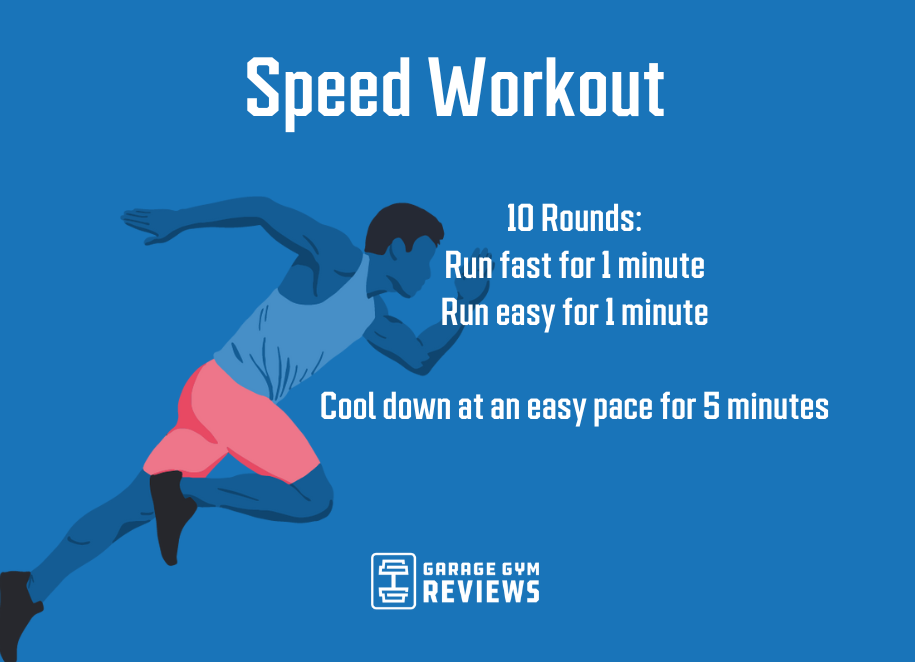Handling Usual Running Pains: Reasons, Solutions, and Prevention
As runners, we typically experience numerous discomforts that can impede our performance and enjoyment of this physical task. From the debilitating discomfort of shin splints to the irritating IT band disorder, these common running discomforts can be irritating and demotivating. Comprehending the reasons behind these conditions is important in successfully addressing them. By discovering the origin reasons for these running pains, we can discover targeted solutions and precautionary measures to make sure a smoother and a lot more satisfying running experience (useful info).
Typical Running Pain: Shin Splints
Shin splints, an usual running discomfort, usually result from overuse or inappropriate footwear during physical task. The repetitive stress and anxiety on the shinbone and the tissues connecting the muscles to the bone leads to inflammation and pain.
To prevent shin splints, individuals should progressively raise the strength of their workouts, use proper footwear with proper arch support, and maintain versatility and strength in the muscle mass bordering the shin (running strategy). Furthermore, incorporating low-impact tasks like swimming or biking can aid keep cardiovascular physical fitness while allowing the shins to heal.
Common Running Discomfort: IT Band Syndrome
Along with shin splints, another common running pain that professional athletes frequently experience is IT Band Syndrome, a problem triggered by swelling of the iliotibial band that runs along the outer thigh and knee. IT Band Disorder generally shows up as pain on the outside of the knee, specifically throughout activities like running or biking. The iliotibial band is a thick band of fascia that attaches the hip to the shin, and when it ends up being irritated or tight, it can scrub versus the upper leg bone, leading to discomfort and pain.
Joggers experiencing IT Band Disorder may discover a stinging or aching experience on the outer knee, which can get worse with continued task. Factors such as overuse, muscle discrepancies, inappropriate running type, or poor warm-up can add to the advancement of this condition. To avoid and alleviate IT Band Disorder, runners need to concentrate on stretching and strengthening exercises for the hips and upper legs, correct footwear, gradual training development, and resolving any kind of biomechanical issues that may be intensifying the issue. Overlooking the symptoms of IT Band Syndrome can lead to chronic problems and prolonged recovery times, highlighting the value of early treatment and correct monitoring strategies.
Usual Running Pain: Plantar Fasciitis

Plantar Fasciitis can be associated to various factors such as overtraining, inappropriate footwear, working on tough surfaces, or having high arches or level feet. To stop and minimize Plantar Fasciitis, runners can include stretching workouts for the calf bones and plantar fascia, use helpful footwear, preserve a healthy weight to decrease stress on the feet, and slowly enhance running intensity to stay clear of abrupt anxiety on the plantar fascia. If symptoms linger, it is recommended to speak with a healthcare expert for appropriate medical diagnosis and treatment alternatives to resolve the problem effectively.
Usual Running Discomfort: Runner's Knee
After attending to the difficulties of Plantar Fasciitis, an additional common issue that joggers typically deal with is Jogger's Knee, an usual running pain that can hinder sports performance and create pain throughout exercise. Runner's Knee, also called patellofemoral discomfort syndrome, materializes as discomfort around or behind the kneecap. This problem is frequently credited to overuse, muscle inequalities, improper running methods, or issues with the placement of the kneecap. Joggers experiencing this discomfort may really feel a dull, aching pain while running, increasing or down stairways, or after prolonged durations of sitting. To stop Jogger's Knee, it is crucial to include proper workout and cool-down routines, maintain strong and well balanced leg muscle mass, put on proper shoes, and gradually increase running intensity. If signs and symptoms continue, inquiring from a health care expert or a sporting activities medicine specialist is advised to detect the underlying reason and develop a customized treatment strategy to reduce the discomfort and stop more difficulties.
Typical Running Pain: Achilles Tendonitis
Commonly afflicting joggers, Achilles Tendonitis is an excruciating problem that influences the Achilles tendon, triggering discomfort and possible constraints in exercise. The Achilles ligament is a thick band of cells that connects the calf muscular tissues to the heel bone, crucial for tasks like running, jumping, and strolling - click to read more. Achilles Tendonitis often creates because of overuse, improper shoes, poor stretching, or sudden rises in physical activity
Signs of Achilles Tendonitis include pain and stiffness along the ligament, specifically in the morning or after periods of inactivity, swelling that worsens with task, and potentially bone spurs in chronic situations. To avoid Achilles Tendonitis, it is vital to extend appropriately before and after running, use appropriate shoes with appropriate support, gradually increase the intensity of exercise, and cross-train to reduce repeated tension on the ligament. Treatment may involve rest, ice, compression, elevation (RICE method), physical therapy, orthotics, and in serious cases, surgical treatment. Early intervention and appropriate care are essential for handling Achilles Tendonitis efficiently and protecting against lasting difficulties.
Verdict

Comments on “Control Your Runs: Proven Strategies for Efficient Running Workout”